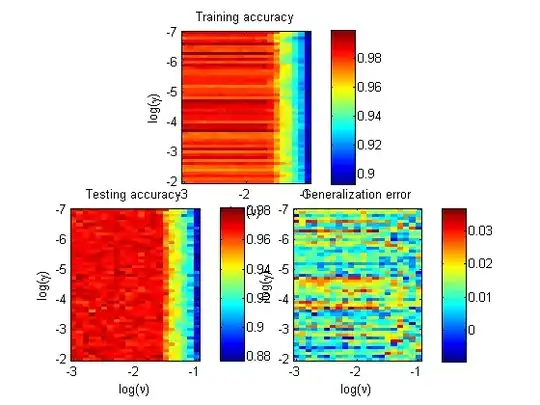I'm hoping you can help me find an analysis best suited for my purpose. I have a dataset structured like this:
Basically, subjects are measured twice and get a score. If the score remains roughly the same, it is categorized as stable. If the score passes a certain threshold (say 1000) it is categorized as convert or revert. If the score remains above or below the threshold but does change considerably, it is categorized as increase or decrease. This is of course an arbitrary definition and sometimes difficult to interpret because the number of days between timepoints vary (variable day)
Now, what I want to do is compare between the intervention and the control group to see whether the score changes significantly and in which direction. The score data is not normally distributed. I've used fishers exact test for the categorical data, but it seems rather crude. I've also tried to cluster the curves using r package Hmisc or using a linear mixed model, but I'm not really sure whether this is appropriate with only 2 timepoints and I'm not familiar with these methods.
Which analysis do you think is most appropriate? Can you point me in the right direction?
Thanks in advance
